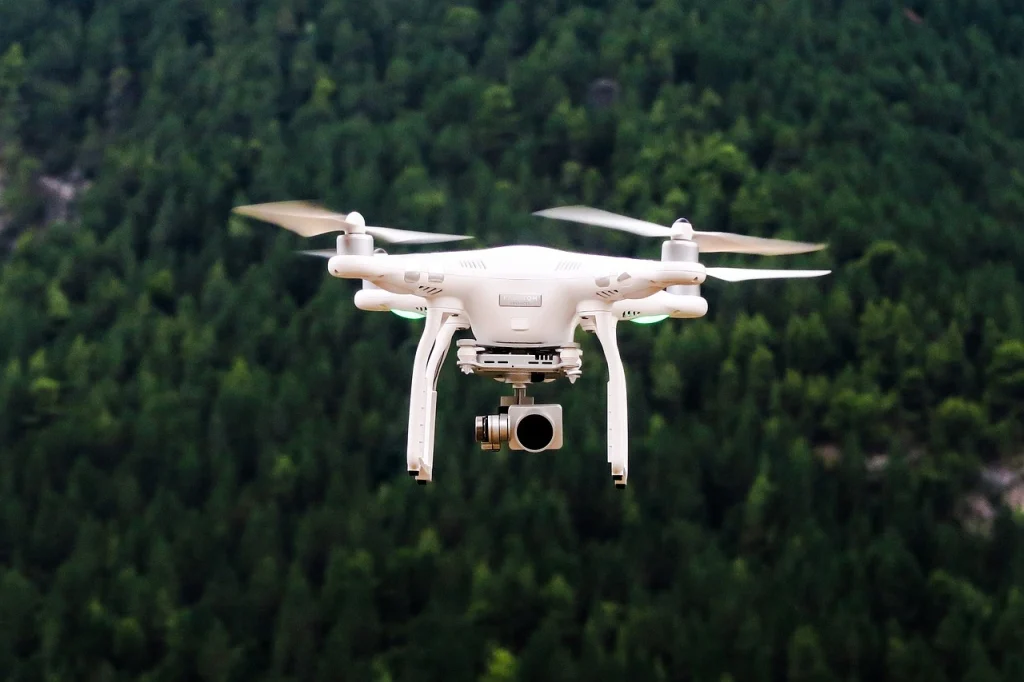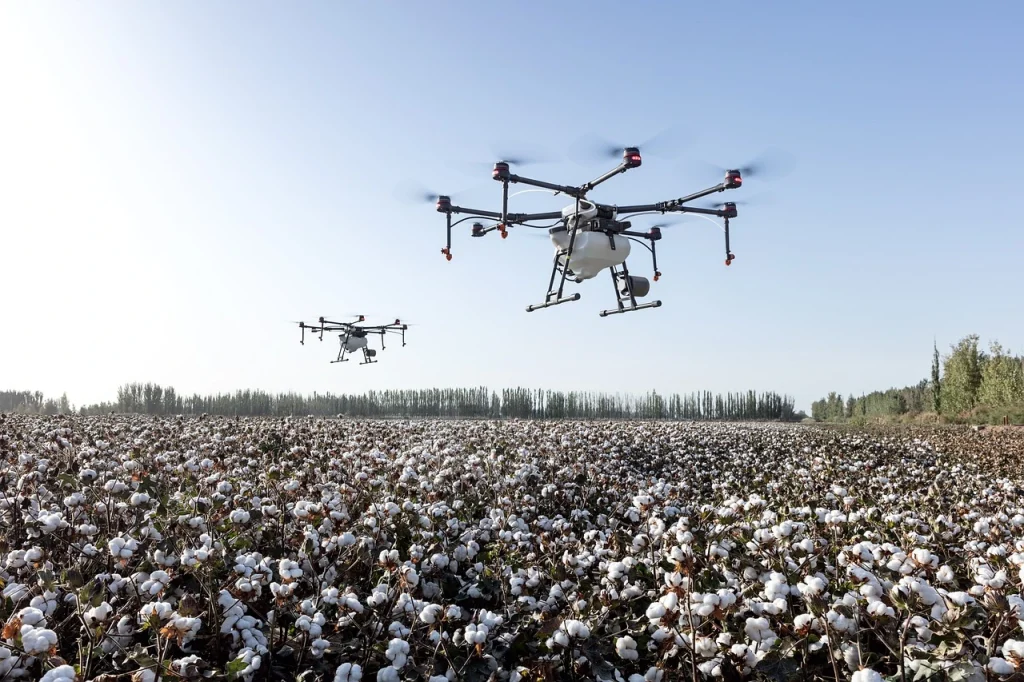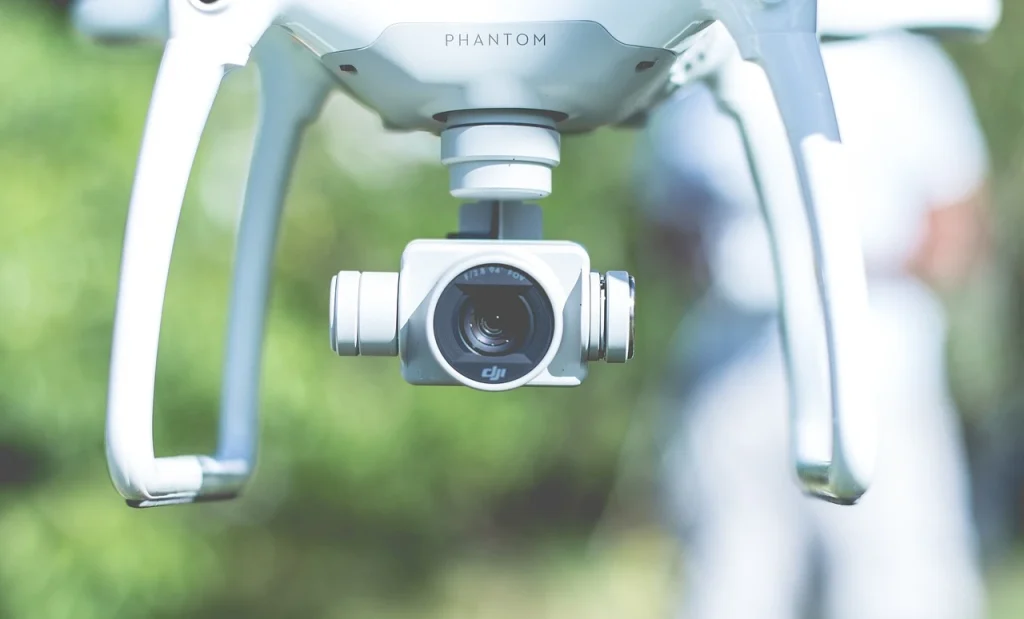Drones beginner’s guide: 7 essential tips for safe and skilled piloting
You might be eager to take flight if you recently purchased a drone or are planning to do so. After all, the best drones make taking pictures and films from the air simple and enjoyable. These flying objects, which range in size from small folding drones to larger luxury versions, represent aerial imaging’s toy-sized future.
But before you set off, there are a few crucial points to bear in mind. Quadcopter flying should be enjoyable, but it also needs to be safe. Therefore, it’s crucial to practice safety before ascending into the air. This entails learning how to fly your craft safely, locating a safe site to land, and learning the legal requirements for purchasing and operating a drone.
Choose the best drone for beginners
You can move on to the following step if you’ve already bought your first drone. However, if you haven’t chosen a quadcopter yet, there are a few considerations to make. Even though flagship drones have the best flight times, safety features, and camera performance, the majority of them are overkill for beginners.
Furthermore, they frequently have a high price tag associated with them. This is crucial for more reasons than just your money account; for example, when learning to operate a drone, stress from the possibility of damaging an expensive model might be undesirable.
Research the laws around drones
You must learn the restrictions on drone flight in your area before you go to the skies. Drone laws strictly control what, where, and how you can fly in order to keep the skies safe for everyone. In built-up locations where privacy is an issue and in areas with limited airspace, where flying is prohibited, for example, the rules are typically the tightest.
Many nations, including the US, don’t require you to register with a civil aviation authority if your drone weighs less than 250g. Even if registration is not required, there are still restrictions you must abide by. For instance, the majority of drone laws stipulate that you must keep your drone in line of sight at all times. The height at which you can fly is also frequently restricted: in the UK, only 120m above the ground is allowed.
Get to know your drone
After registering your drone, the next step is to learn what it can and cannot accomplish. Even while the most recent drones include a variety of safety precautions and pilot support capabilities, not all models are created equal. The last thing you want is to be in the middle of a flight and start to question how exactly your drone can get you out of a tight spot.
We advise thoroughly reading the user manual and spec sheet for your drone. To properly schedule your flights, you’ll need to know how long your drone can fly on a single charge. Additionally, you should learn if it has a return-to-home mode and how to turn it on. Many novice drones have the ability to return to their starting place autonomously.
Learn how to control your drone
It’s time to get comfortable with your drone’s flight controls once you’re familiar with its capabilities and skills. By doing this prior to takeoff, you can lessen the possibility of making impulsive decisions while in the air.
There are many different sizes and styles for drone controllers. With the help of a linked smartphone or by mounting it to a compatible control device, many drones may be flown. Some FPV drones, like the DJI Avata, have joysticks that react to movement and let you input commands naturally while wearing a headset. However, even if the ergonomics vary by brand and model, the majority of drone remote controls use a typical dual-joystick setup.
Find a safe space to fly
The familiarization process is complete; now select a place to fly your drone. As said above, legality should be your first consideration. Check your local drone laws to see which areas are appropriate for takeoff. The majority of residential areas, as well as anything near an airport flight path, are an automatic no-go.
A park or field would be ideal if it were large and open. If the grassland is privately owned, be sure to obtain the landowner’s consent before considering taking it to the air. In either case, you must search the area for any potential dangers, especially trees and power wires. These don’t require you to change your flight itinerary, but you should stay well away.
Conduct a pre-flight checklist
Despite how tempting it may seem, avoid taking off before carefully inspecting your drone setup and the location you intend to use. Check your quadcopter visually to make sure everything is firmly put together and that the body, camera, or propellers have not suffered any noticeable damage. Before taking off, check the battery levels of your drone and controller to get an accurate picture of the amount of time you have to fly.
Additionally, evaluate the expected and actual weather conditions and visibility. Be particularly aware of shifting wind patterns because they can have a big impact on how your drone behaves.
Your drone will take off, hover, and land.
If you followed all of the advice above, you ought to be prepared to take off. Put your drone on the ground in front of you and turn it on first. Check your surroundings one more time, and if you’re sharing the space with others, let them know your drone is about to take off. Then, while retaining eye contact, gradually advance the throttle stick on the controller until your drone takes off.
Don’t attempt anything more daring at this time. Keep your drone hovering a few feet above the ground instead.




